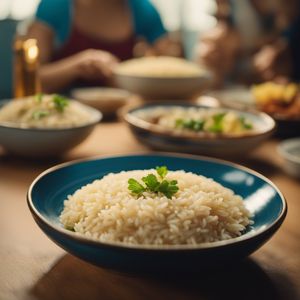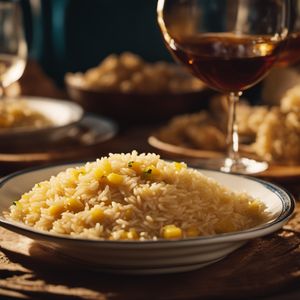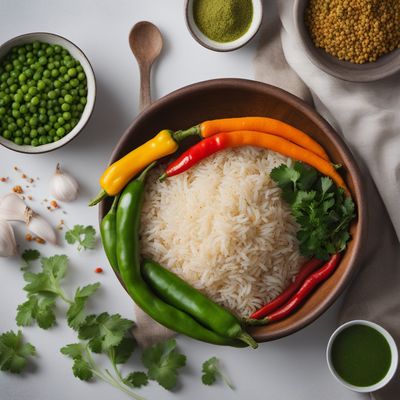
Dish
Wali wa nazi
The dish is made by cooking rice in coconut milk until it is soft and fluffy. The coconut milk gives the rice a rich, creamy flavor that pairs well with spicy stews and curries. Wali wa nazi is a filling and satisfying dish that is perfect for a hearty meal. It is also a great option for vegans and vegetarians as it is made with only plant-based ingredients.
Origins and history
Wali wa nazi has been a staple food in East Africa for centuries. It is believed to have originated in the coastal regions of Tanzania and Kenya, where coconuts are abundant. The dish has since spread throughout the region and is now enjoyed in many parts of East Africa.
Dietary considerations
Vegan, vegetarian, gluten-free
Variations
There are many variations of wali wa nazi, with some recipes calling for the addition of spices like cinnamon and cardamom. Some recipes also call for the use of different types of rice, such as basmati or jasmine rice.
Presentation and garnishing
Wali wa nazi is traditionally served in a large communal bowl, with the stews or curries served on top. Garnish with fresh herbs like cilantro or parsley for added flavor and color.
Tips & Tricks
To make the dish even more flavorful, try toasting the rice in a dry pan before cooking it in the coconut milk. This will give the rice a nutty flavor and a slightly crispy texture.
Side-dishes
Wali wa nazi is often served with a variety of stews and curries, such as mchuzi wa samaki (fish curry) or mchuzi wa kuku (chicken curry). It can also be served with grilled meats or vegetables.
Drink pairings
A cold beer or a glass of fresh coconut water pairs well with wali wa nazi. For a non-alcoholic option, try a refreshing glass of hibiscus tea.
Delicious Wali wa nazi recipes
More dishes from this category... Browse all »

Aji nigiri sushi
Japanese cuisine

Akami nigiri sushi
Japanese cuisine

Anago nigiri sushi
Japanese cuisine

Arroz a la plancha
Spanish cuisine

Arroz a la tumbada
Mexican cuisine

Arroz al forn
Spanish cuisine

Arroz al jerez
Spanish cuisine

Arroz al olivar
Spanish cuisine


